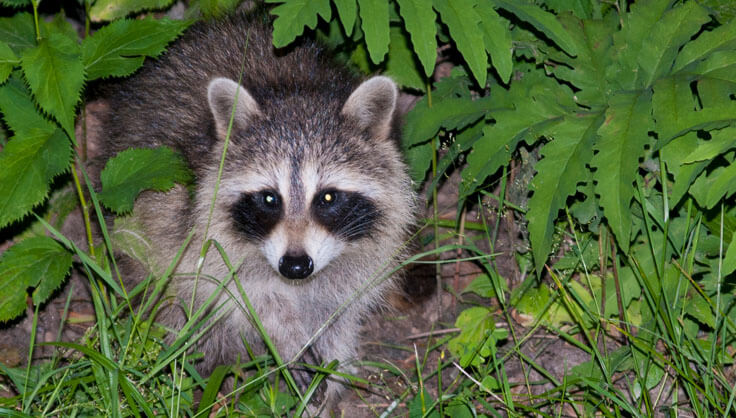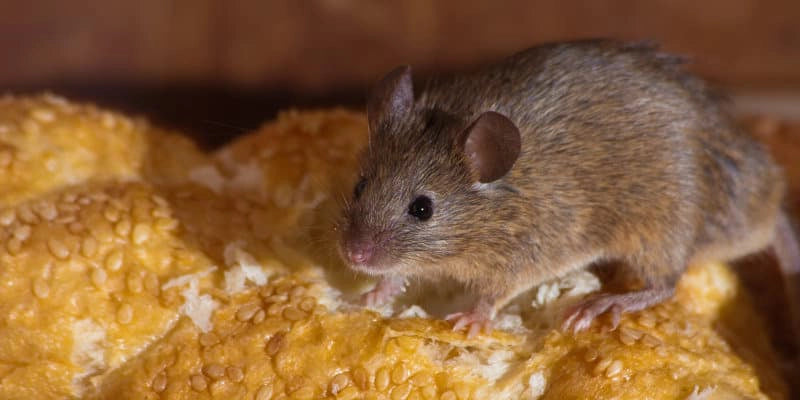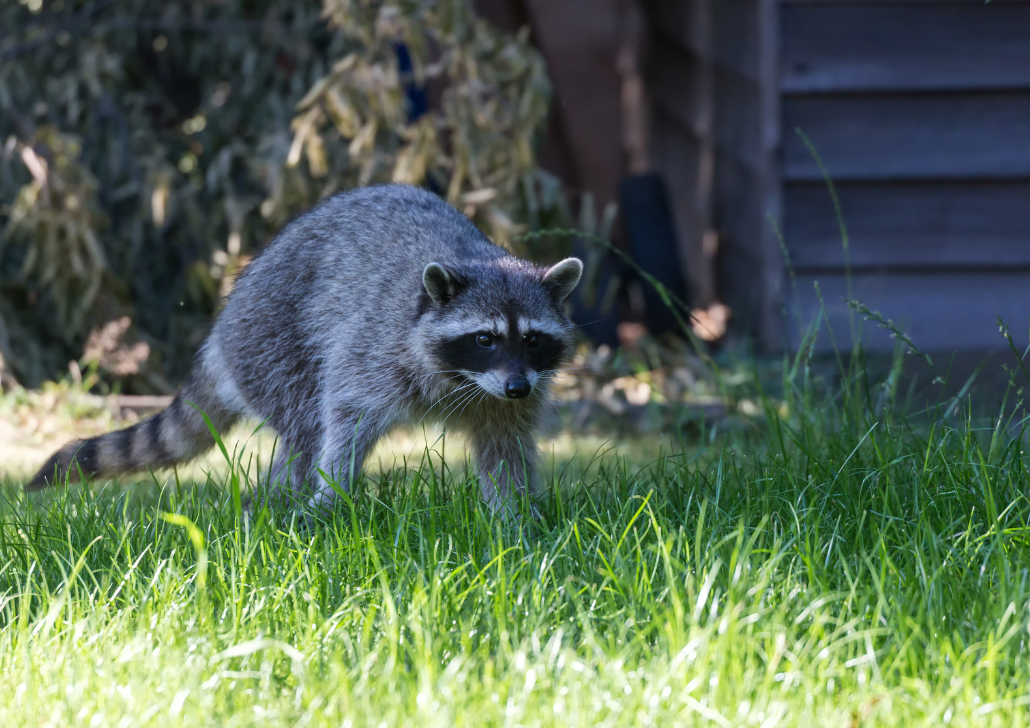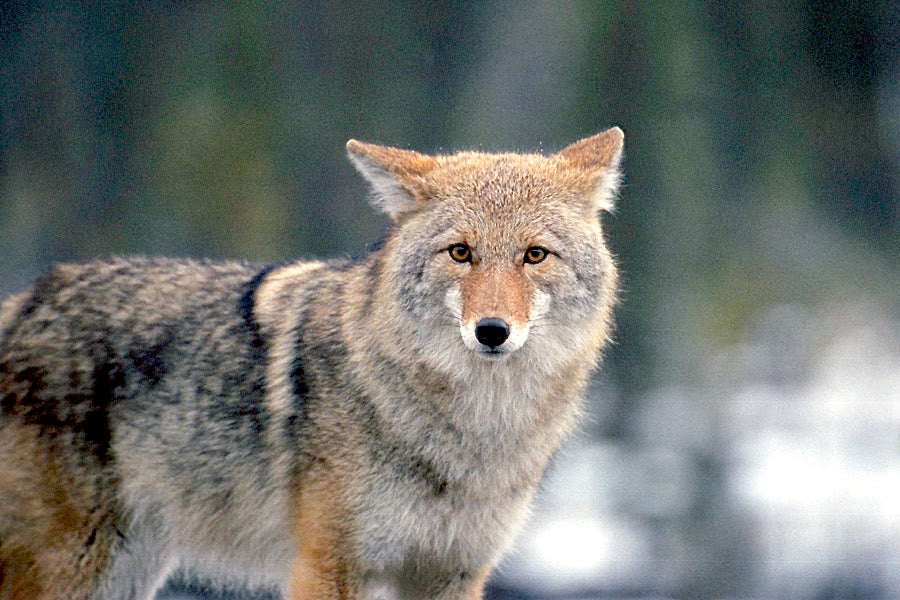Protect your property and livestock from raccoons

Raccoons may look like cute, furry bandits, but they can also cause trouble. While they may have an adorable appearance to some, they’re still wild animals and need to be treated as such.
There was a story in July that came out about a man in Philadelphia, PA, who was bitten by a raccoon. He saw some cute raccoon kits and thought he’d film them. However, the mother came out and charged him. She bit his leg before leaving with her kits. Wild animals can get very aggressive when it comes to their children. The man was treated at the hospital and given the proper shots.
Another story was released in August. The article talked about how there’s been “a recent uptick in calls regarding raccoons exhibiting signs of Canine Distemper Virus.” They warned that “animals with the virus act disoriented and lethargic and can become aggressive if cornered.” The good news is, “the virus does not pose a threat to humans.” The article recommended residents “not to feed or approach raccoons.”
These are just two recent stories that remind us that raccoons are truly wild animals. They can carry diseases and can become aggressive given certain circumstances. Raccoons can also be destructive. They can get into trash cans, chicken pens, fishponds, gardens and sometimes, even into homes. But that doesn’t mean we have to use inhumane treatments to protect our livestock or our property.
Thankfully, there are ways to help repel raccoons without harming them. In fact, we recommend a 3-step approach.
1. Remove attractants: Put all pet and livestock feed away securely. Clean up fallen fruit and nuts in your yard. Remove trash and dispose of it in a can with a secure lid. Get rid of any grub or insect infestations in your yard. And, move your bird feeder or install a baffle.
2. Identify and repair damaged areas: Figure out where the raccoons are on your property. This helps you understand the motivation behind their actions and gives you insight into the correct control method to pursue. Check common areas such as the backyard (commonly in search of grubs and insects), trash cans, attic, underneath decks and patios, garden, birdfeeder and livestock/outdoor pets such as fish or chickens.
3. Pick the proper control method based on your issue: Removing or otherwise repelling wild pests is usually not a quick fix. It may take a few days to a few weeks to see results. You’ll likely need to implement a few methods. You can try repellents and deterrents to keep raccoons from coming back to hot spots. Our LED deterrent lights are a customer favorite for repelling raccoons. You can learn additional methods on our website.
While raccoons may appear cute and cuddly, they’re still wild animals, so we need to proceed with caution. If you’re having issues with them causing any type of destruction, use this 3-step plan to help repel them from your property.




